by Bijayananda Mohapatra, Chief Operating Officer, Indian Metals and Ferro Alloys (IMFA)
Ferro alloys refer to the various alloys of ferrous metal or iron, which are used in steel production, especially alloy steel and stainless steel. As India’s steel production is increasing every year, so is the demand for ferro alloys. India accounts for roughly one tenth of the world’s production of ferro alloys, with South Africa, China, Russia and Kazakhstan being the other major sources of ferro alloys.
The different varieties of ferro alloys are ferro manganese, ferro nickel, ferro chrome, and ferro silicon, to name a few. The basic element of a ferro alloy, when added to steel, tends to improve the physical properties of the steel, such as its ultimate tensile strength, hardness, etc. These alloys either help in developing distinctive qualities of steel and cast iron or serve important functions during the production process.
Some elements of ferro alloys are also added in liquid steel and other alloys for developing abrasion resistance, wear resistance and corrosion resistance properties. The blended finished products from steel and ferro alloys are generally used in turbine engines, power plants, furnaces, and in almost all pollution control equipment.
Current scenario in India
The strong demand from construction, railways and capital goods is contributing significantly to the growth of the steel and ferro alloy industries in India. Increased government spending on infrastructure and rising metal prices are adding further boost to the fortunes of these industries in India. The surging steel demand in India has also resulted in a significant gap between demand and supply of ferro alloys in India. That gap is being filled up with imports, although many new domestic manufacturing units are coming up. The metals industry plays a pivotal role in a nation’s infrastructure demand. The industry contributes significantly to its GDP and generates substantial employment. In ferro chrome, India’s production is 1.5 million tonnes, half of which is consumed domestically and the remaining half is exported. The country features among the top five ferrochrome producers in the world. The consumption of the latter is expected to rise by 6 to 7 percent year-on-year, as the growth of stainless steel is set to rise in tandem with the growth of the Indian economy. India’s infrastructure sector is set to become the biggest driver for the country’s economic growth, which will boost the demand for stainless steel, and, in turn, expand the ferrochrome market. India produced around 3.8 million tonnes of stainless steel slabs in FY 2022, a substantial increase from the previous year’s output of 3.2 million, supported by low base due to pandemic in FY 2021. The scope of the industry in India with its huge population can be gauged from the fact that the Stainless Steel per capita consumption in India is around 2.5 kgs as compared to 10 kgs in China and over 15 kgs in developed countries. This indicates a substantial room for growth of the industry in India. Production of stainless steel in India is expected to grow at a Compounded Annual Growth Rate (CAGR) of 6.5-7.5 percent till 2025 on account of its increased adoption in the automobile sector and expansion of the construction sector. However, the Indian metals industry has been facing a lot of challenges in recent times. The key challenges include demand fluctuations, rising production costs, trade wars and cheaper imports.
There are reports of a few manufacturing units in some states in India shutting down their plants, as high electricity costs robbed them of their economic feasibility. For instance, the Andhra Pradesh government increased electricity charges to Rs 8.55 per unit from April 1, 2023, up from Rs 4.95 per unit earlier. It requires about 4,000 units of electricity to produce one tonne of ferro chrome and is a key raw material for the stainless steel industry. Around three dozen ferro alloy manufacturing units are believed to be located in the state, employing nearly 60,000 workers. Besides high production costs affecting the overall ferro alloy industry in India, there are other issues that are plaguing the domestic ferrochrome sector. India’s dependence on imported low ash and low phosphorus metallurgical coke for ferrochrome production is a significant concern for the industry.
Impact of market fluctuations
The steel industry operates in cycles, which means that its demand and profitability can be affected by unforeseen macroeconomic developments. The industry may experience underutilization of assets and lower realization in the event of a slowdown in demand. This may have a negative impact on profitability. This fluctuation directly impacts the margins or profitability of these companies and is reflected in their quarterly financial performances. Besides, price fluctuations in the metals market not only affect the financial performance of the ferro alloy companies but also their operational efficiencies. In terms of operational efficiency, rising chrome ore prices have been forcing some ferrochrome smelters to cut or halt production. Chrome ore prices have been going up due to a slowdown in its supplies. Global chrome ore production contracted by 5 percent in 2022 as compared to the previous year, while in India, chrome ore production contracted by 14 percent during the same period. Only those smelters that have their own chrome ore mines can operate at moderate capacity utilization rate. Therefore, the Indian ferrochrome industry is expected to see further consolidation where producers with access to resources will produce significant quantities to meet the growing demand. Companies with predictability of resources, a strong balance sheet and strategic expansion plans can tide over the current challenges that are affecting the operational efficiency of ferro alloy manufacturing units.
Strategies and innovation to maintain competitiveness
The Indian ferro alloy industry has been adopting various strategies and innovations to maintain its competitiveness in the market, with consolidation being one of the key ones. The other strategies include increasing production, reorienting export focus and capacity expansion. In terms of innovations, the industry is focussing on technological developments.
Increasing production: India is witnessing a notable increase in the production of stainless steel. This is brought on by factors such as higher disposable income, expansion of the infrastructure, and increasing demand from industries like buildings, railroads and automobiles.
Reorienting export focus: India already exports a significant amount. However, with the government’s vision of a self-reliant India and supporting initiatives to that effect, ferro chrome exports are expected to come down.
Capacity expansion: Ferrochrome manufacturers are beginning to realize their future market potential, and some of the notable ones are setting up greenfield manufacturing units.
Technological developments: The Indian ferrochrome industry is also adopting newer technologies for cleaner and more efficient ferrochrome production. This includes exploring options like submerged arc furnaces and alternative energy sources to reduce the environmental impact and to improve production efficiency.
Conclusion
In today’s rapidly changing business landscape characterized by fluctuating prices, geopolitical tensions, and evolving consumer demands, navigating volatile markets has become a crucial skill for businesses and investors alike. The challenges posed by market volatility require effective risk management strategies, including proper risk management techniques, adaptability to changing market conditions and resilience to weather sudden price fluctuations. By implementing robust strategies tailored to the dynamic nature of the metals market, Indian ferro alloy producers can thrive in an increasingly complex and unpredictable environment. After all, market volatility is inevitable, but with the right strategies, businesses can thrive amidst uncertainty.
Indian ferro alloy producers need to mitigate risks and capitalize on opportunities amidst market turbulence to sustain long-term growth. The Indian ferro alloy industry’s ability to adapt and evolve will ultimately determine its success in the ever-changing metals landscape.





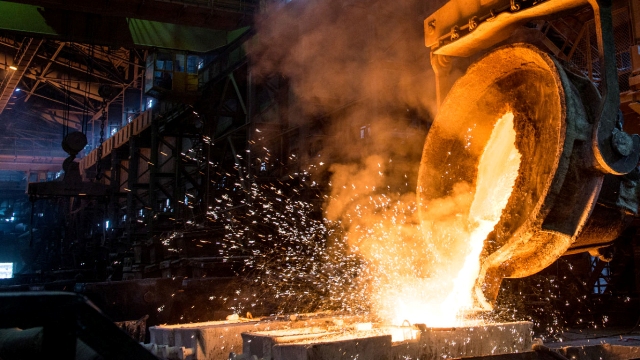


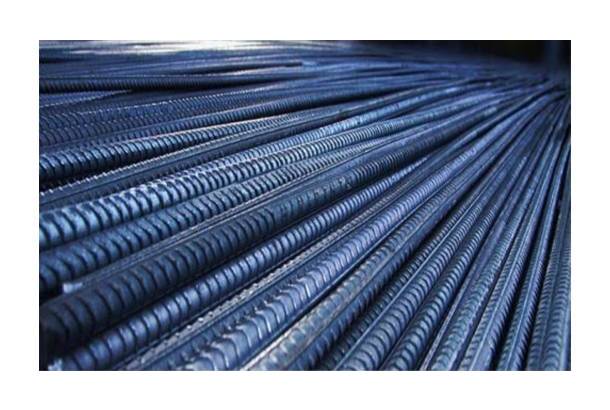
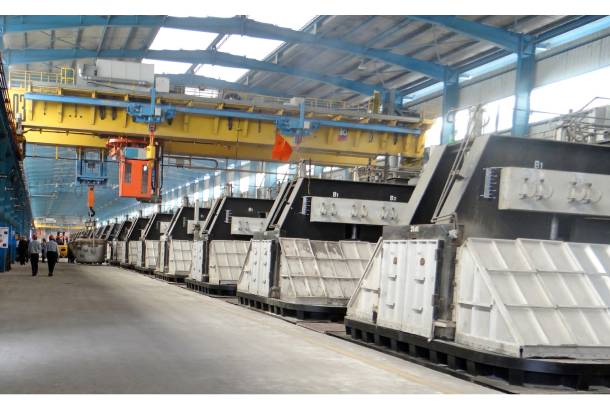
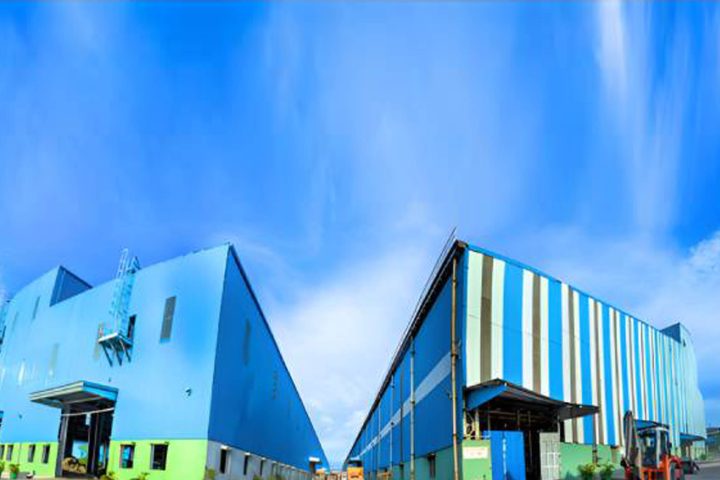




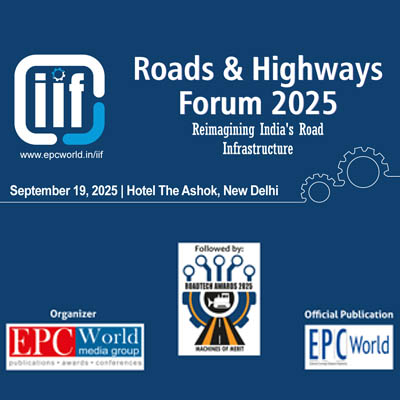
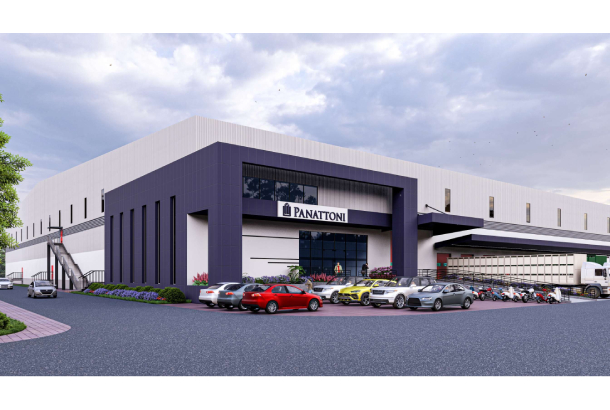
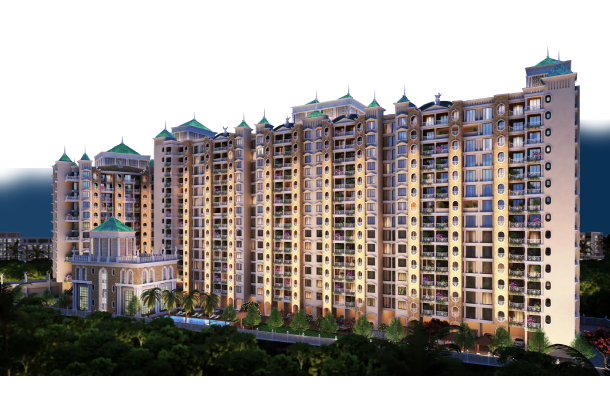
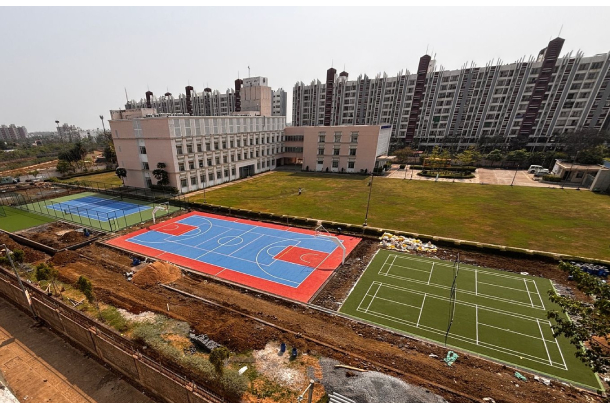



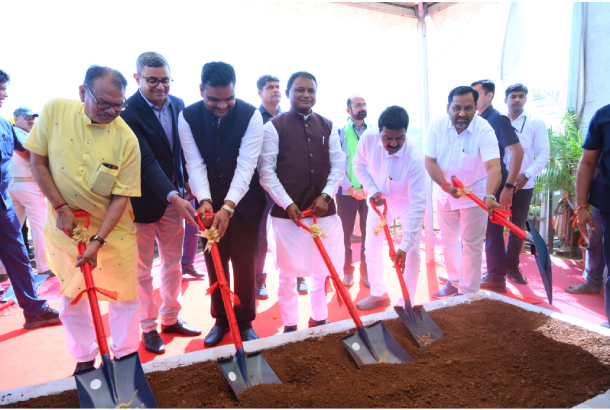


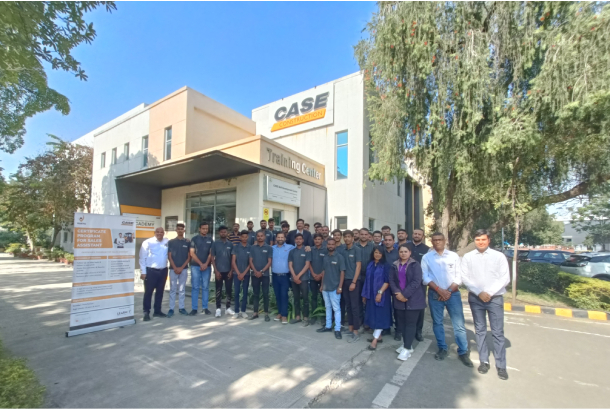

Follow